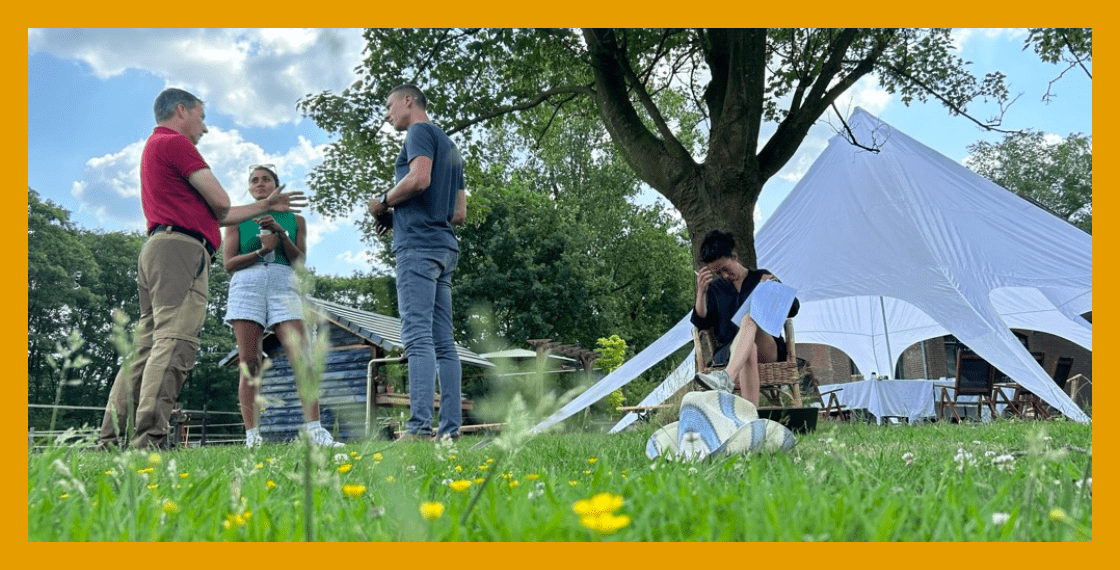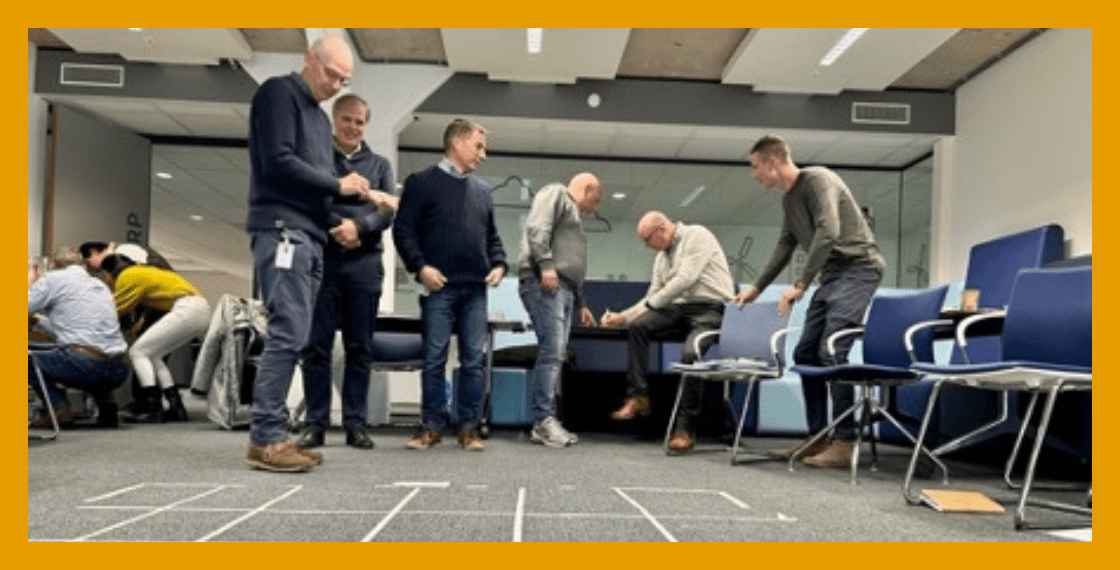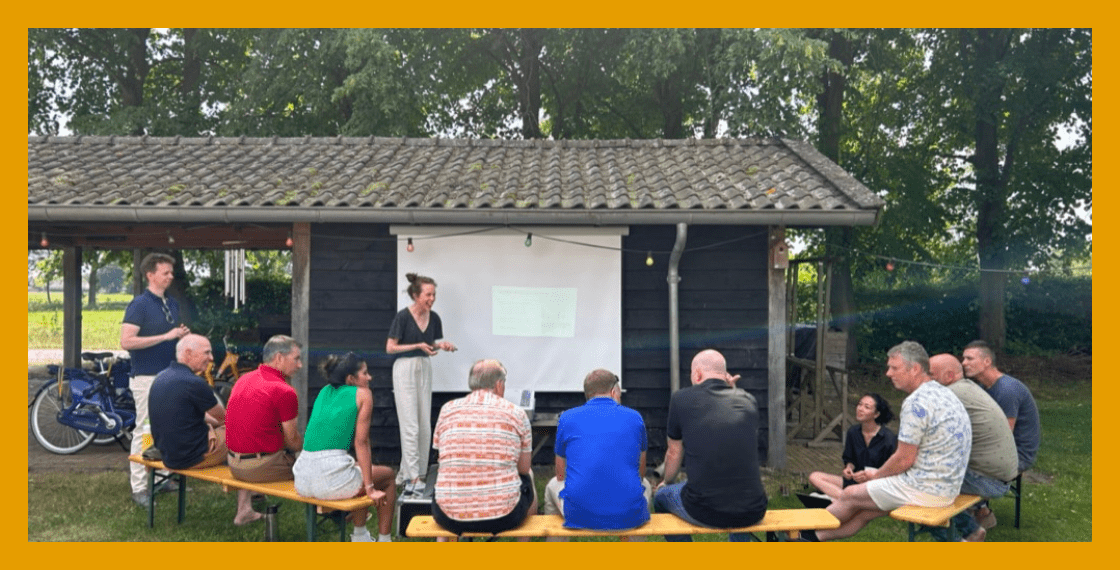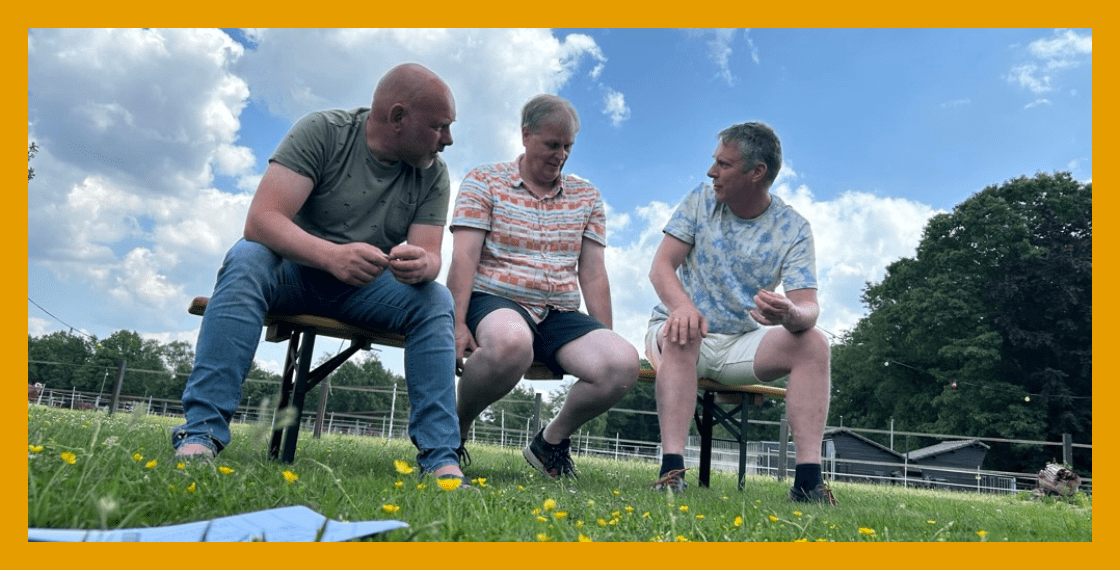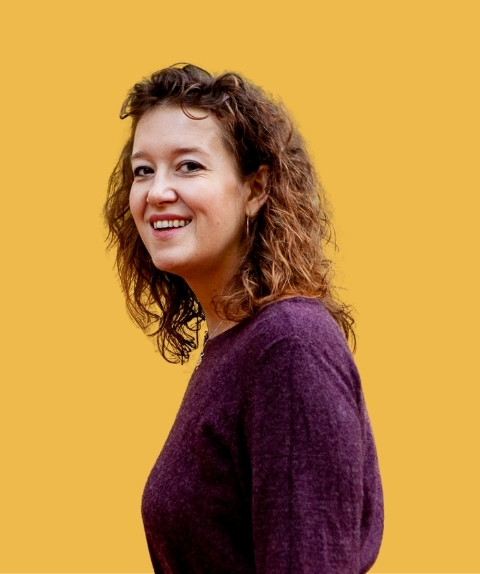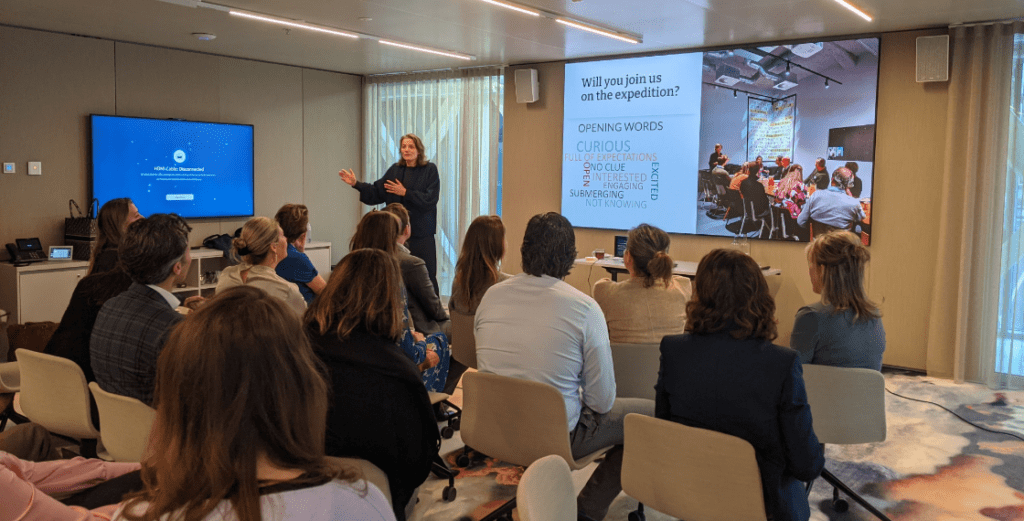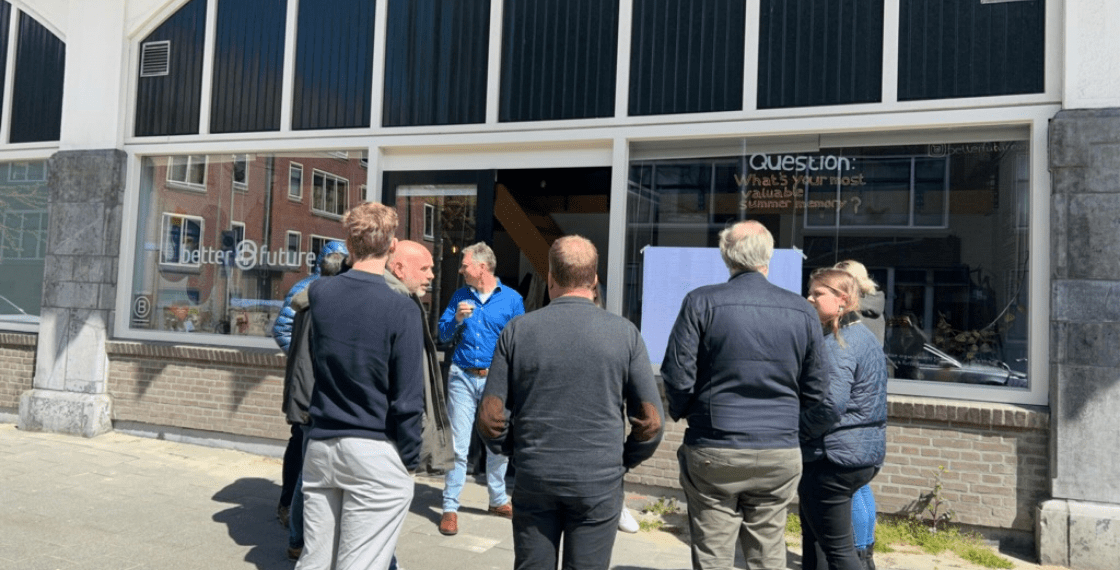
The challenge
“Imagine that with 20% less [of something: money, time, people], we would deliver 20% more [i.e. network quality]? What does this then require of our thinking, what does this require of our actions, and what does this require of how we organise ourselves? What do we have to do more and to do less? What knowledge is missing, and by what assumptions do we allow ourselves to be overly guided?”
With this 20% thought experiment as a starting point, we walked through the Hortus in Utrecht in 2023 with the program manager of an operational department within Stedin, who is feeling the pressure of the accelerating energy transition strongly. For years, we have guided various teams within Stedin with stategy, leadership and culture. Continuing to see and cultivate the human perspective in a work reality that is becoming increasingly complex and demanding, that is what we are there for. Speaking out truthfully, daring to say when you don’t know something, continuing the conversation when you feel passed, asking questions rather than giving answers. This is what we all worked on before we got into a conversation in the Hortus about what the accelerating transition requires of people.
Our approach
It is easy to invent something new. It is difficult to make a change in existing ideas, structures and interests. In view of the increasing complexity and dynamics of a large organisation, the latter was our approach. Within the strategic framework of Stedin, Building, Utilising and Managing, within the scope of the department, and carried by the leadership team.
In doing so, we applied some simple but powerful principles, which can be succinctly summarized as:
- Always have an eye, compassion, and understanding for people, dynamics and their system of reward
- Strengthen what is already working; let go of what is not working; discover what you do not yet have or know
- We are always in this to learn
- Handle form flexibly; stick to principles
Together with a diverse team from the department, we mapped the improvement initiatives (from operational to strategic) that were circulating in all layers of the operation. In doing so, we put on the 20% glasses to look critically and more deeply at some of the initiatives. What are the underlying causalities? What is interdependent? If we looked at it differently, what would we make radical efficiency gains with? Could it be more innovative, faster, more effective? From this, it became clear that several initiatives that first seemed small, after a second look, could lead to much greater efficiency gains. Following these choices, these initiatives were prioritized with the whole department and a choice made to put in teams, capacity on them.
The result
The improvement initiatives guide the content of the 20% Lab. In practice, it became clear that change always takes longer than hoped. But a year later, two of the three initiatives have been successfully completed and the third has been overtaken by changing work practices. An internal reorganization and underestimated lead times were the biggest obstacle. Although this reorganization did well exceed the 20% target in other aspects. What we learned is that the idea, how can we achieve 20% more with 20% less, has permeated many aspects of the organization. For instance, it is used a lot as a frame of mind. Where am I not seeing it sharply enough, where am I thinking too small? Where am I not working together enough? Where do I still sit in someone else’s chair too much? The 20% thinking is more alive than ever and is reflected in various places in the organization.

René Herlaar
Stedin
Quote:
